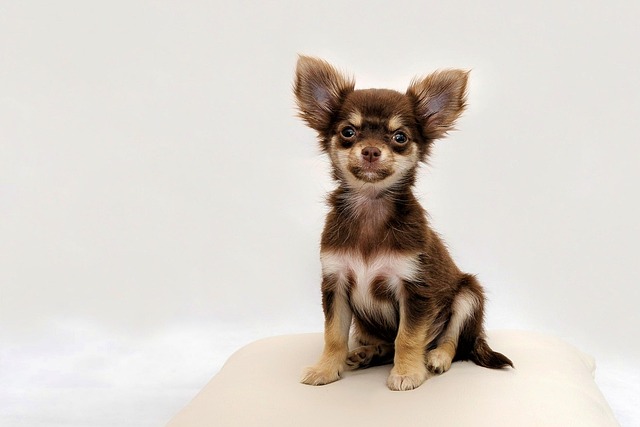
How do i train my dog to be obedient?
Watching your dog dart across the park ignoring your calls isn’t just frustrating—it can put them at risk near busy streets or public spaces.
Watching your dog pace during a thunderstorm or hide from visitors can leave you feeling helpless. You want them to feel safe and secure, but where do you even begin? Helping your dog become more relaxed isn't about a single trick; it's about creating a lifestyle of consistency and canine anxiety management that addresses their needs. The journey starts by understanding that anxiety often stems from uncertainty, and your role is to become their predictable, calm anchor in a sometimes overwhelming world.
The first step is identifying their triggers. Is it the sound of delivery trucks in your apartment complex, the sight of other dogs on your walk, or simply being left alone? Once you know the cause, you can begin desensitization and counterconditioning, a science-backed method that changes their emotional response. If your dog is scared of strangers, for example, you would feed them high-value treats the moment a person appears at a distance where your dog notices but doesn't panic. Over time, they learn to associate the trigger with something positive. This entire process is built on positive reinforcement; forcing a scared dog to "face their fears" or using any form of punishment is not only culturally unacceptable but will severely damage their trust and amplify their anxiety.

Your home environment is your biggest tool. Create a designated "safe zone"—a quiet corner with a comfortable bed and a blanket that smells like you. For apartment dwellers, this is crucial for giving your dog a retreat from the hustle and bustle. Incorporate calming activities like food puzzles or a long-lasting chew, which reduce stress by providing a rewarding, focused job. A predictable daily routine for feeding and walks also minimizes anxiety by making their world more understandable. A tired dog is often a relaxed dog, so ensuring they get adequate physical and mental exercise is a cornerstone of a calm household.
This commitment to your dog’s mental well-being directly impacts your community life. A more relaxed dog is less likely to engage in nuisance barking that disturbs your apartment neighbors or to react fearfully on leash, making walks more pleasant for everyone. It also makes it easier to fulfill your civic duties, like always carrying poop bags and adhering to local leash laws. Furthermore, a calm dog is infinitely easier to transport for essential vet visits to keep their rabies vaccination current—a non-negotiable legal requirement that ensures public safety.
Ultimately, making your dog more relaxed is a marathon, not a sprint. It requires patience, observation, and a commitment to being their steadfast advocate. By providing structure, using force-free training, and respecting their emotional needs, you’re not just curbing unwanted behaviors; you’re building a deeper, more trusting relationship with your best friend.

Watching your dog dart across the park ignoring your calls isn’t just frustrating—it can put them at risk near busy streets or public spaces.

New puppy owners often find themselves rushing to clean up accidents before they set in, and that’s where puppy pad training becomes a game-changer.

If you've noticed your dog's waistline disappearing and your veterinarian has mentioned those few extra pounds, your first instinct might be to simply reduce the amount of food in their bowl.

Training a dog to use a designated spot indoors isn’t as daunting as many new owners fear, but it does take consistency and an understanding of your pet’s needs.

That moment of dread on a walk is all too familiar for many new dog owners. You see another dog approaching down the sidewalk of your neighborhood

If the sight of another dog on your neighborhood walk makes your heart sink as your own dog erupts into a frenzy of barking and lunging, you're not alone.